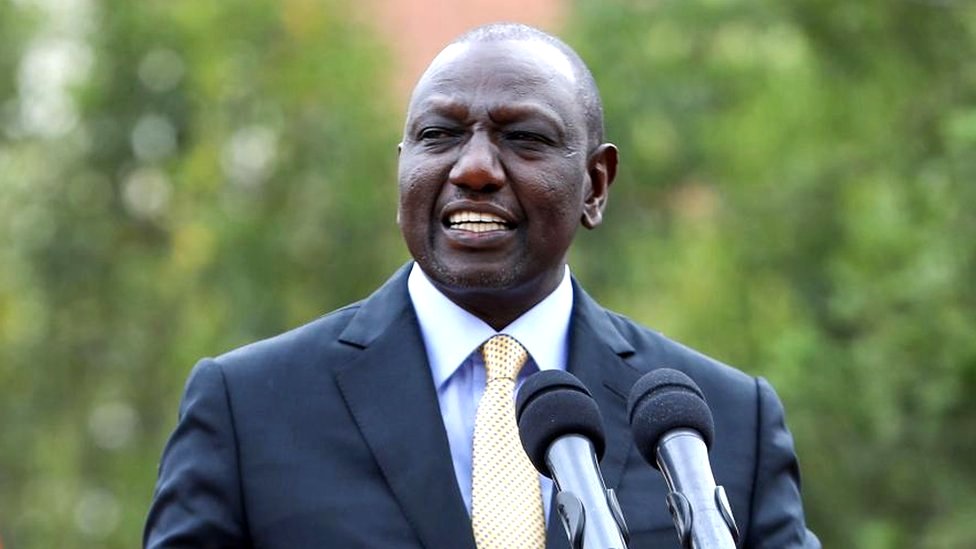President William Ruto has reassured Kenyan families that the government remains steadfast in its commitment to providing free, compulsory, and quality basic education, even as concerns mount over recent funding cuts to secondary schools.
Speaking at a church service in Kariobangi, Nairobi, the President addressed public outcry following a decision to reduce secondary school capitation from Sh22,244 to Sh16,900 per learner. The reduction sparked fears that struggling households may be forced to bear the financial burden.
“Free primary education is a constitutional right for all children,” Ruto affirmed. “In the last two years, we have worked to ensure that education is truly universal and free.” He emphasized that no child would be denied access to education due to financial limitations.
To address inefficiencies, the President said reforms are underway to seal spending loopholes and ensure that every shilling allocated to education directly benefits learners. He also pointed to the hiring of 76,000 teachers in the past two years, with an additional 24,000 set to be recruited in January 2026, as part of efforts to close the teacher-learner gap.
Ruto further highlighted the signing of a long-term Collective Bargaining Agreement with teachers’ unions KNUT and KUPPET, ensuring industrial harmony and uninterrupted learning through 2029.
However, Treasury Cabinet Secretary John Mbadi, while speaking in Suba South, admitted that although the government has disbursed 100% of the budgeted funds, the amount approved by Parliament is insufficient to cover the actual cost of free secondary education.
“What I confirmed is that we’re giving everything that was allocated, but it does not add up to Sh22,000 per learner,” Mbadi said, shifting responsibility to Parliament for passing an underfunded education budget.
The unfolding situation reveals a critical tension between Kenya’s constitutional promise of free education and prevailing fiscal constraints. While Ruto’s reassurances may provide political cover, the long-term credibility of the government’s education agenda hinges on closing the funding gap and insulating families from rising costs.
Under international human rights law, primary education must be free and compulsory, while secondary education should become progressively free a principle Kenya now finds itself struggling to uphold.

